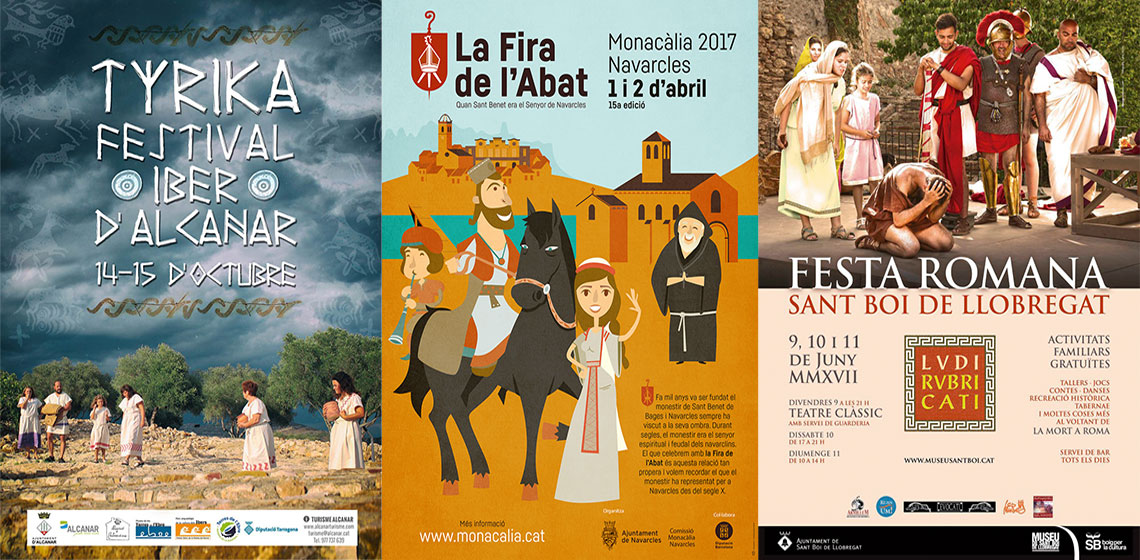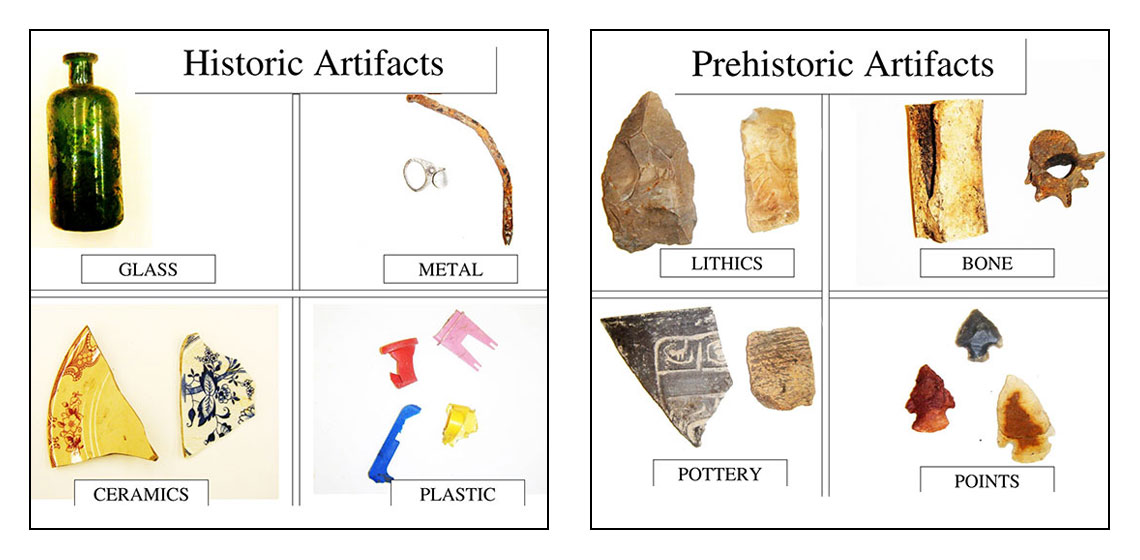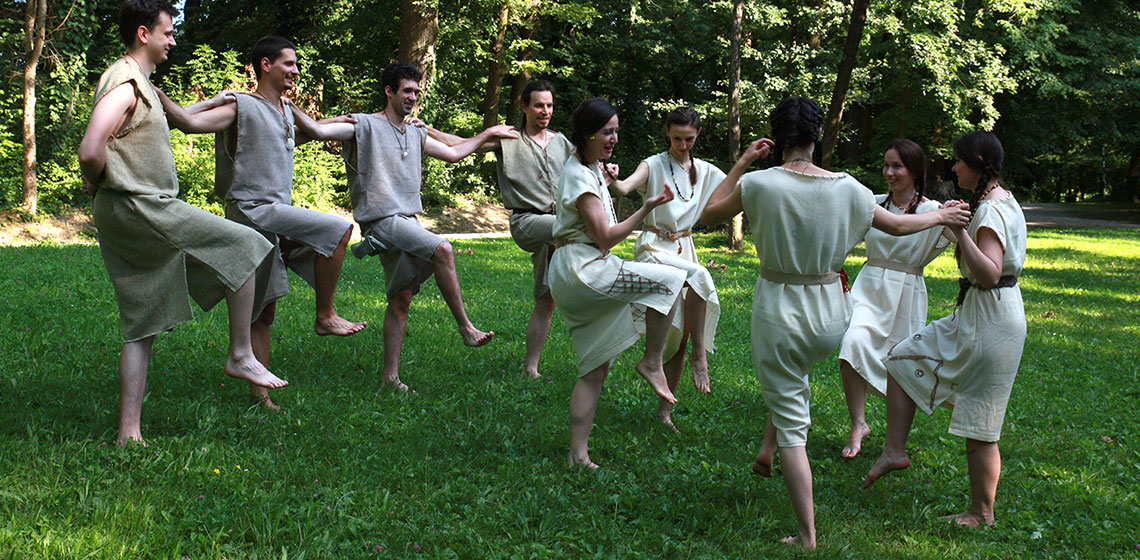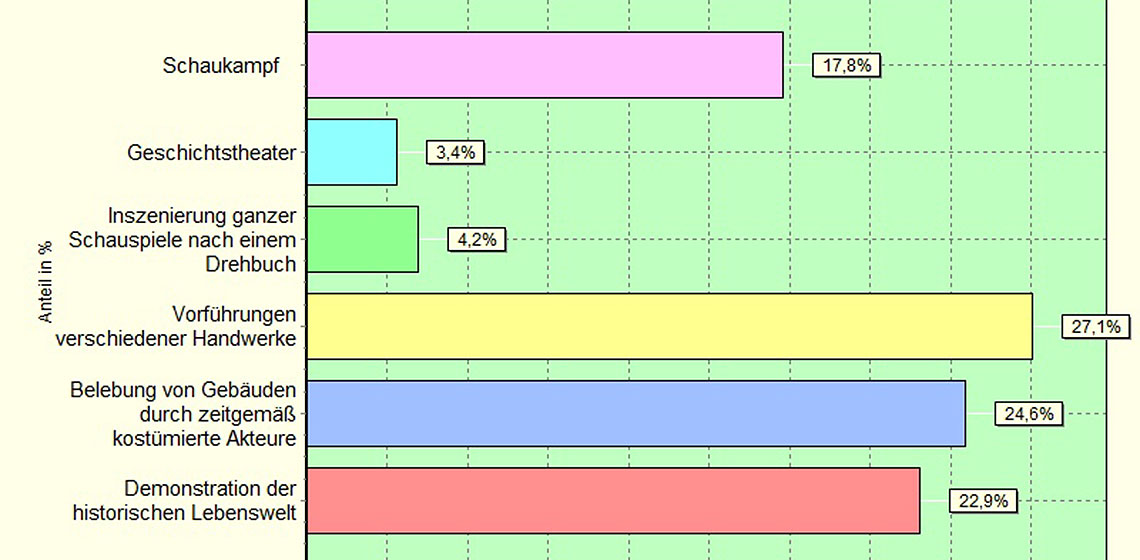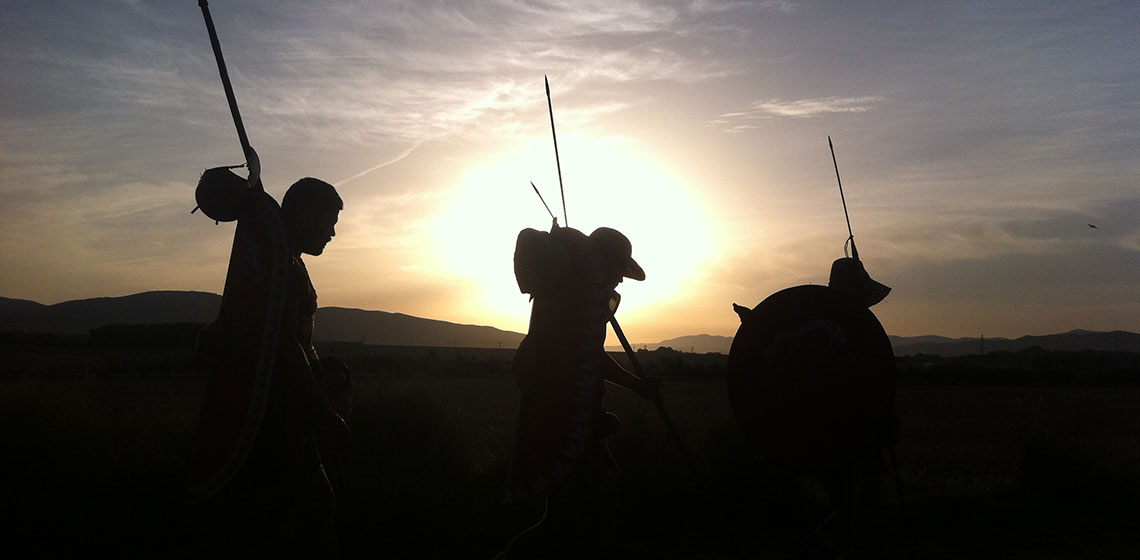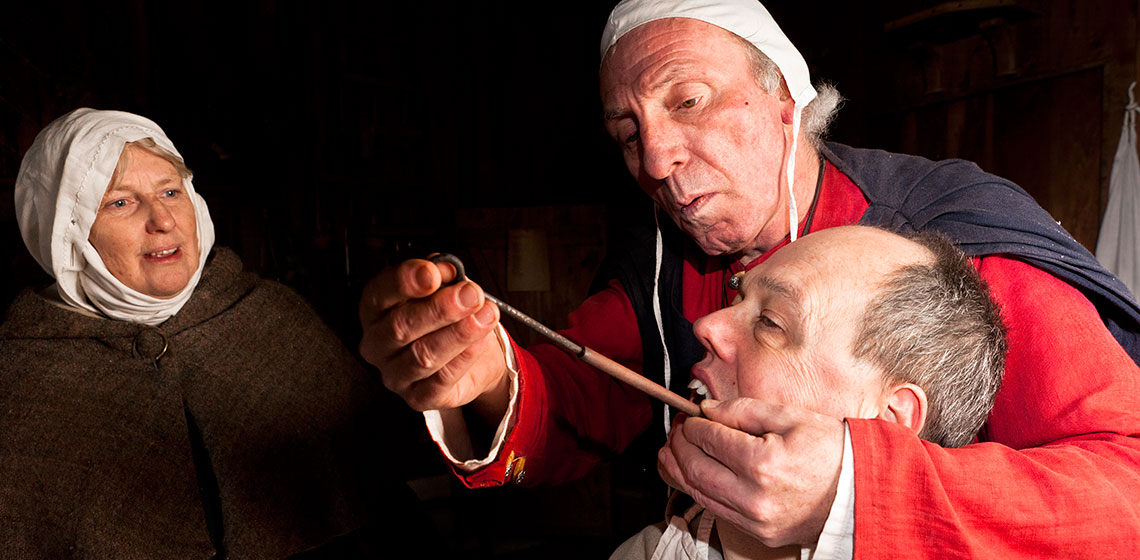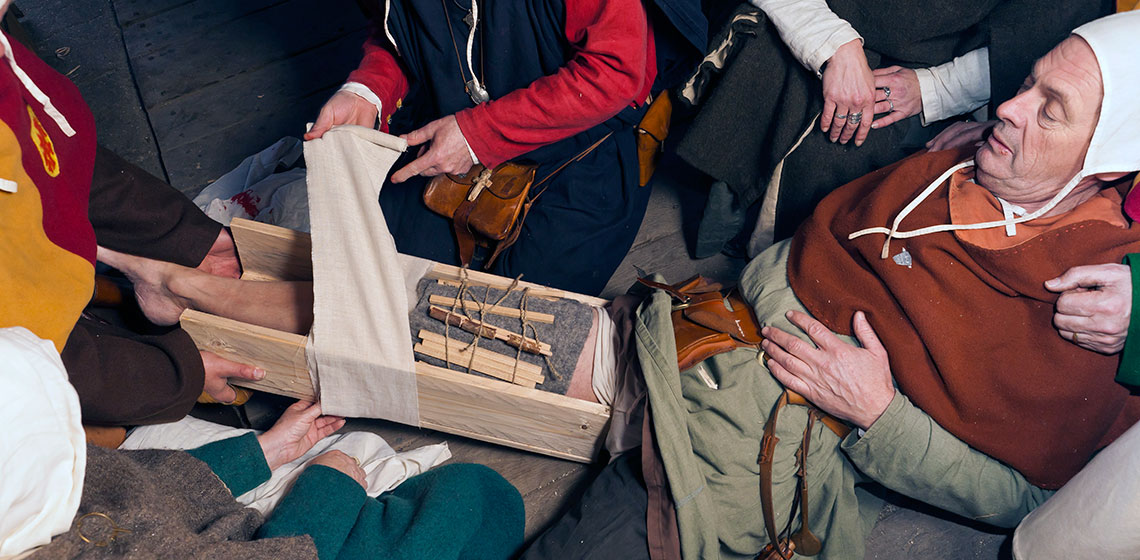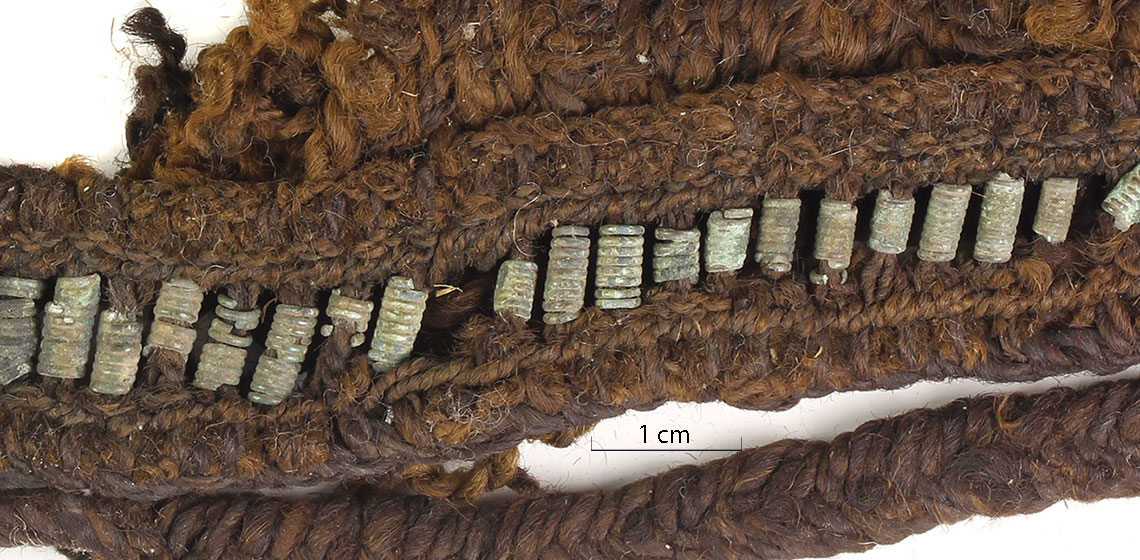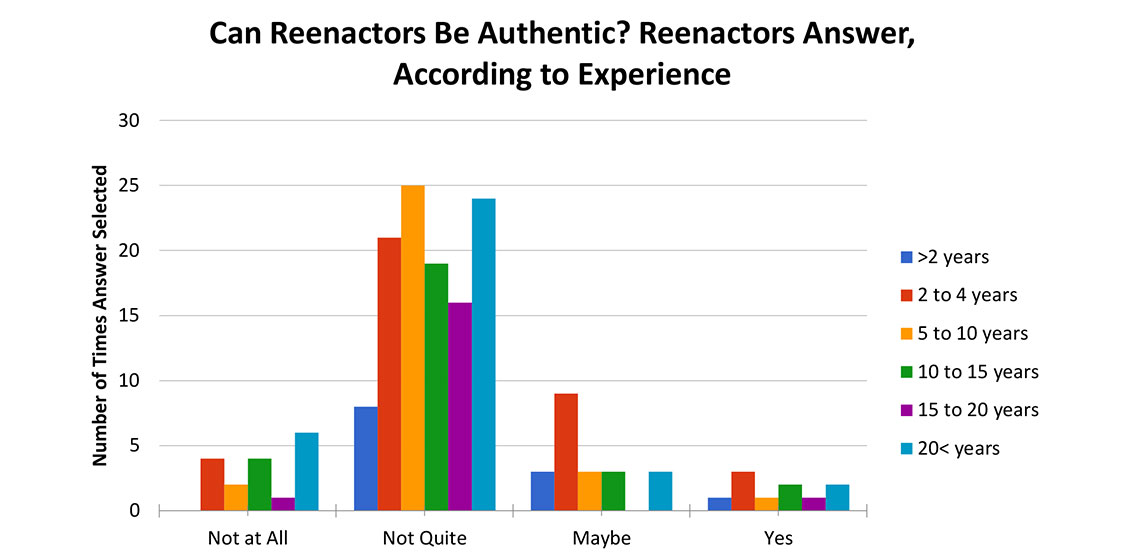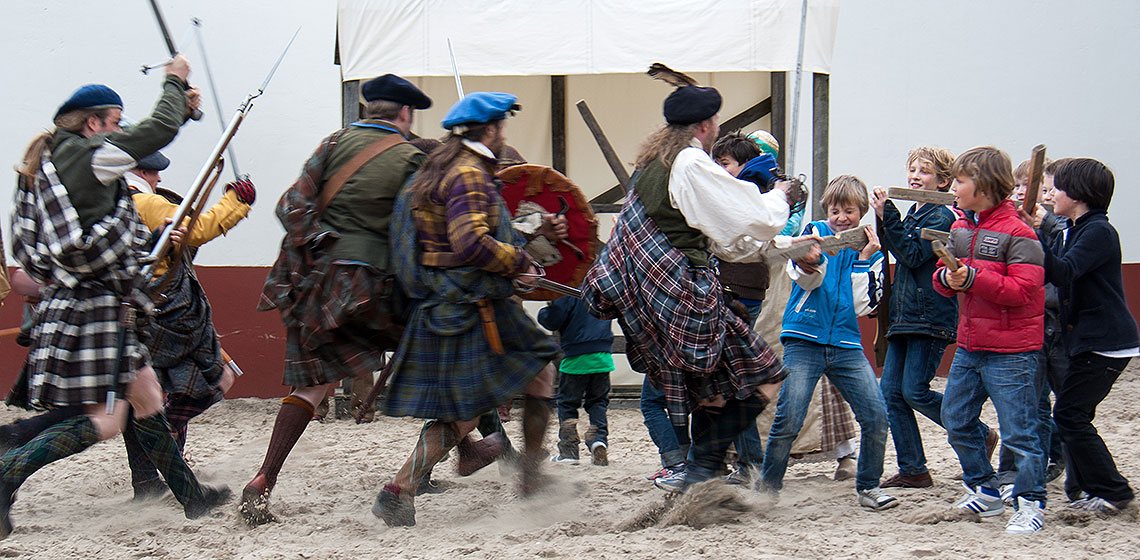Interpretation
Public Access to (Pre-)History Through Archaeology
The Forgotten Movement – A (Re)construction of Prehistoric Dances
However, after studying archaeological artistic depictions, historical descriptions and contemporary ethnographic examples as the main research sources for the history of dance and dance movement and its development in the context of early human history, we created a conceptual reconstruction of prehistoric dances. It was presented in the form of an educational dance performance with the goal of presenting the archaeological heritage through a possible vision of dances and dance movements from a number of selected prehistoric periods: Neolithic, Chalcolithic, and Bronze Age.
Living History as an Instrument for Historical and Cultural Exchange in German Archaeological Open-Air Museums: an Online Survey Defines Present Status
The VIA SCIPIONIS Project Outdoor Travelling Experimental Archaeology and Re-enactment
The Attack on the Tooth Worm
A Broken Leg in the Year 1350: Treatment and Prognosis
Spiral Tube Decorations: a Thousand Years of Tradition
The Value of Experience: Lessons from a Study of Reenactment
What Does Your Visitor Experience? Making the Most of Live Interpretation in a Unique Setting
***Archaeological Open-Air Museums (AOAM) offer a unique setting in which live interpretation can make history come truly alive. For many, or perhaps all, AOAM history is the product being sold to the public. During the five years the OpenArch project has run the partners have spent many hours discussing the...
